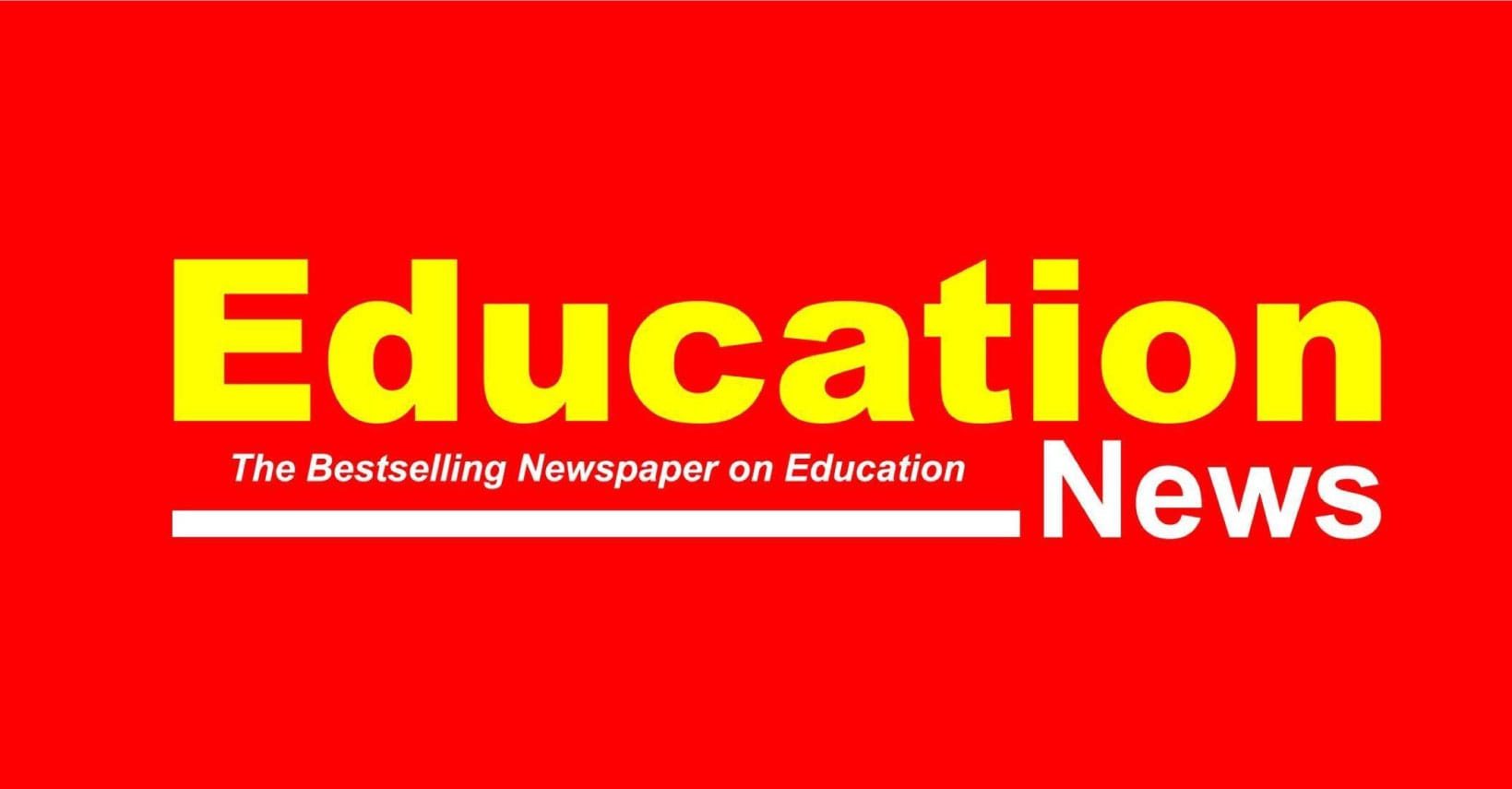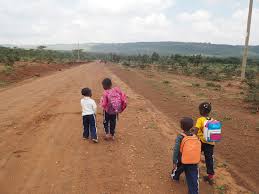Education is often described as the backbone of a nation, and in Kenya this phrase holds particular significance. Kenya is the country that is striving to ensure educational advancement. The need to increasingly recognize and address unique challenges faced by learners has never been more urgent.
First and foremost, it is vital to note that the education is a landscape marked by diversity and various disparities. It’s evident that Kenyan education faces many challenges that spill over into socio-economic, political, and cultural issues. However, the system is willing to address these issues and provide solutions, making space for private and non-governmental actors to assist improving the system.
Kenya’s students come from varied backgrounds— each one of them with a specific set of experience and challenges. Some of them might have issues with pressures of urban life while others my struggle to keep up with the pace from their friends.
This may be as a result of limitations of the rural education. Due to the increased cost of living and economic hardships, poverty is a significant issue that we must recognize. It has been a limitation not only to learners across Kenya but also to teachers, lecturers, staff members and the entire education sector. This situation makes it difficult for them to afford school fees, uniforms, and other necessities, which contribute to high dropout rates. Enough funding and provision of accessories to help learners in education should be prioritized.
ALSO READ:
Additionally, the HIV/AIDS epidemic is a concern for the citizens living in Kenya as it does not spare children. Majority of those children die within their first five years of life. The infant mortality rate and under-five years mortality rate has significantly increased in recent years hence posing a detrimental effect on the education sector.
Both the government and the private sectors must ensure that adequate healthcare is given to students. Millions of children are still out of school in Kenya. Most of this children include the vulnerable children such as street children, orphans whose numbers continue to rise due to various pandemics, children engaged in child labor, and children living in extreme poverty in urban slums and rural areas. Refugee students and those of nomadic communities are other who remains largely excluded.
Other than the vulnerable children, the free primary education is also faced with other challenges. Just recently, the Kenyan government confirmed that it’s not in a position to fund education fully. This means an end for the free education which is a challenge and a threat to the livelihoods of these learners expecting to benefit. The government should work to ensure that this issues are tackled to favor the learners’ education needs.
Many schools lack basic facilities like classrooms, desks, and sanitation facilities. This is especially true in rural areas. These facilities are fundamental for growth of students. It is needful for the government to root out corruption of education starting from the regional to the national administrative levels. Roads linking schools and other places should be improved to ensure fast and safe means of transport. Electricity and water are necessities that the government should ensure that schools access. Providing safe and accessible power supply should be a concern.
ALSO READ:
First Lady unveils borehole at Unoa School to quench thirst of learners, community after 75 years
The curriculum may not always be relevant to the needs of the students, and the quality of learning can be affected by factors like teacher shortages and inadequate resources. Teacher shortages. The role of technology in improving health and education cannot be over-emphasised. Technology should be a concern as it plays an important role in ensuring that digital navigation and monitoring is done accordingly. Schools should adopt new relevant technologies to help in delegations and monitoring duties. In Kenya, shortage of qualified teachers, particularly in remote areas, had led to overcrowded classrooms and a strain on the existing teaching staff an issue that must be addressed.
Traditional practices and beliefs, such as early marriages and female genital mutilation (FGM), can hinder girls’ access to education. As Nelson Mandela said—Education is the most powerful weapon which you can use to change the world— these hindrances can be detrimental especially in bringing educational and societal change.The government has a responsibility to ensure that ethical approach to cultural issues is observed. To bring change to our nation, it is important to raise awareness about the challenges faced in the education sector. When people understand these issues, they are likely to get involved and contribute.
Fully supporting education requires decisive actions by both the government and education stakeholders. By providing supplies, emotional support, tutoring and increasingly raising awareness the government can ensure that these challenges are addressed. This can ensure that a better future for all students is created, regardless of where they come from.
By Joyblessed Munyendo
Rongo University, Migori
You can also follow our social media pages on Twitter: Education News KE and Facebook: Education News Newspaper for timely updates.
>>> Click here to stay up-to-date with trending regional stories
>>> Click here to read more informed opinions on the country’s education landscape






